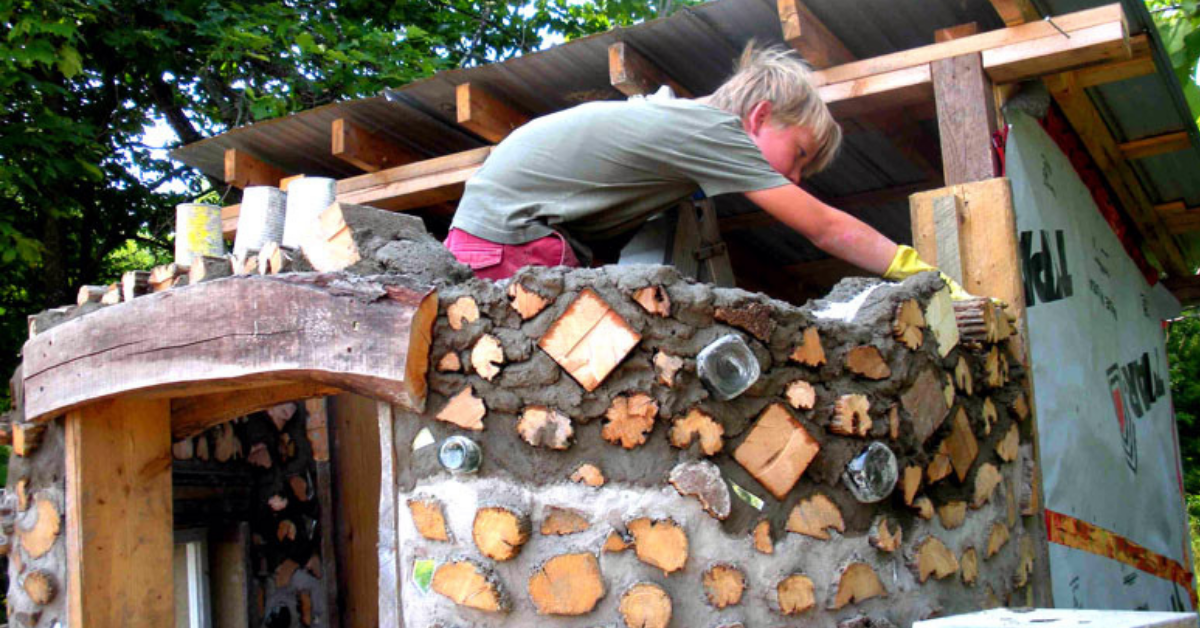What Must Happen If Lumber Is in Contact with Masonry?

Strong 8k brings an ultra-HD IPTV experience to your living room and your pocket.
Wood framing members or structural lumber commonly interact with masonry materials during the construction of buildings. On the other hand, these contacts can lead to serious issues if proper care is not taken. Such hazards as moisture, rot, insects, and crumbling wood are all related to the exterior of buildings.
Proper installation techniques, adherence to building codes, and expert evaluation are critical for ensuring long-term durability and compliance. That’s why professionals rely on a trusted construction estimating company to provide accurate cost assessments and ensure every aspect of the project aligns with regulatory standards.
What Happens When Lumber Contacts Masonry?
Therefore, builders must always follow certain rules whenever wood is in contact with masonry.
1. Create Physical Separation (Air Gap)
It is essential to separate lumber from masonry as much as possible. This method involves creating either an air gap or a moisture barrier using a separate material.
- Most builders are required by code to maintain a gap of at least 1 to 2 inches between wood and masonry materials, which helps prevent water from reaching the wood.
- Because of this gap, air can flow through the wood, drying it fast and preventing moisture buildup.
2. Apply a Moisture-Resistant Barrier or Flashing
If the house is built on concrete and sill plates are resting on the foundation, it is necessary to set up a moisture barrier or flashing to prevent moisture from entering.
- You can use flashings that are thin pieces of impervious materials like metal (copper, aluminum), plastic, or rubber membranes.
- Flashings prevent moisture from moving inside the wood by pushing water away.
- It is common to place flashings beneath the sill plate or where the wood and masonry walls join.
3. Pressure-Treated Wood or Durable Types of Wood
Lumber that touches masonry or concrete should always be made of pressure-treated wood or species that decay naturally.
- Pressure-treated lumber is coated with chemicals to avoid decay from moisture and damage from pests.
- Most often used for sill plates, rim joists, or any wood near the foundation.
- If wood is not properly treated and comes in contact with masonry, it will often deteriorate.
4. Ensure Proper Drainage and Grading
It is very important to stop moisture from building up at the base of walls.
- The ground around masonry walls should be sloped downward to stop water buildup.
- Drainage systems on the outside, such as gutters and downspouts, should be aimed away from your home’s foundations and masonry walls.
- A dry masonry wall safeguards any adjoining lumber from getting wet due to moisture.
5. Seal and waterproof the Masonry
Sometimes, making masonry walls waterproof using coatings can reduce the amount of water they absorb.
- These types of coatings resist water and let the masonry stay dry and airy.
- This helps prevent moisture from moving to the surrounding wood.
Why Is Contact Between Lumber and Masonry a Concern?
1. Moisture-Related Damage and Decay
Since masonry is porous, it can take in water from rain, the ground, or condensation. If lumber touches masonry, water can be drawn into the wood. Due to moisture, mold and fungus can grow on wood, which leads to wood rot and decay.
2. Insect Infestation Risk
Damp wood that comes in contact with masonry invites termites and carpenter ants to infest it. The materials in masonry are not at risk from these pests, but lumber that is close to masonry can get damaged by moisture.
3. Structural Integrity Issues
When wood in the frame gets rot or insect damage, floors, walls, and roofs become weaker and their structural integrity is threatened. This may result in expensive repair works, hazardous situations, and breaking safety rules.
Building Code References on Lumber-to-Masonry Contact
International Residential Code (IRC)
The IRC outlines important standards for aligning wood and masonry structures.
IRC R317.1: Wood that touches concrete or masonry built directly on the ground should be protected by pressure-treating or by its natural resistance to rot.
IRC R317.2: There has to be a minimum distance between thick pieces of wood and concrete or masonry in exposed or damp areas. As a rule, it should be placed 6 inches above the floor on grass or just 1 inch above pavement.
IRC R317.3: States that flashing or moisture barriers must be used when wood touches masonry to prevent moisture damage.
Other Relevant Codes and Standards
The American Wood Protection Association (AWPA) Standards explain how to preserve wood used in contact with the ground or exposed to moisture.
The National Pest Control Association suggests advice for preventing termites when wood and masonry are next to each other.
Local building codes: Some areas have special building code rules set based on their climate and location.
Common Applications and How to Handle Them
1. Wood Sill Plates on Concrete Foundations
- Sill plates should always be pressure-treated when making a foundation.
- Place a sill gasket or sill sealer at the gap between the concrete and wood to keep water out.
- Apply metal or plastic flashing in places where it is recommended.
2. Wood Framing Adjacent to Masonry Walls
- Make sure to leave space between the dryer and the wall so there is a 1-2 inch air gap.
- If contact happens, use wood that has been preserved with pressure treatment.
- Make sure to use flashing and a moisture barrier to stop water from getting to your wood.
3. Deck Ledger Boards Fastened to Masonry
- Masonry or concrete walls are usually drilled to accommodate the fastening of the ledger boards.
- Try to construct your deck using wood treated to resist pressure or that is naturally sturdy.
- A corrosion-resistant flashing should be fitted on top of the ledger to send water away.
- Seal up any holes and apply the correct fasteners to stop water from entering the building.
What Happens if Proper Measures Are Not Taken?
If we overlook these guidelines, we may face the following problems:
- Fungal rot and decay
- Termites or insects are invading and making nests
- Damage or failure within the structure
- Large bills to fix problems and danger to people
- Code violations and inspections that did not pass
Inspection and Maintenance Tips
- Check any wood near masonry regularly for moisture, molds, or insects.
- Check all the flashing and make sure to replace any pieces that are damaged.
- Make sure the drainage and grading keep working properly as time passes.
- If you think your walls have moisture problems, it might be wise to seek advice from a professional.
Conclusion
Building codes specify how you should deal with masonry when attaching lumber to keep it free from moisture damage. This involves maintaining a distance between the ground and the building, using pressure-treated lumber, installing protection from moisture, and making sure water flows away from the foundation.
If you obey building standards and use preventive methods, your wood framing will be safeguarded from decay, your structure will last longer, and the building will be safe and robust.
FAQs
Q1: Can untreated wood touch masonry?
It is important to prevent untreated wood from touching exposed masonry that gets wet. Do not use regular wood, but always choose decay-resistant or pressure-treated wood.
Q2: How much clearance should be between lumber and masonry?
Normally, you should have at least 1 to 2 inches of clearance to help air move and stop moisture from transferring, while local rules may set down specific requirements.
Note: IndiBlogHub features both user-submitted and editorial content. We do not verify third-party contributions. Read our Disclaimer and Privacy Policyfor details.


